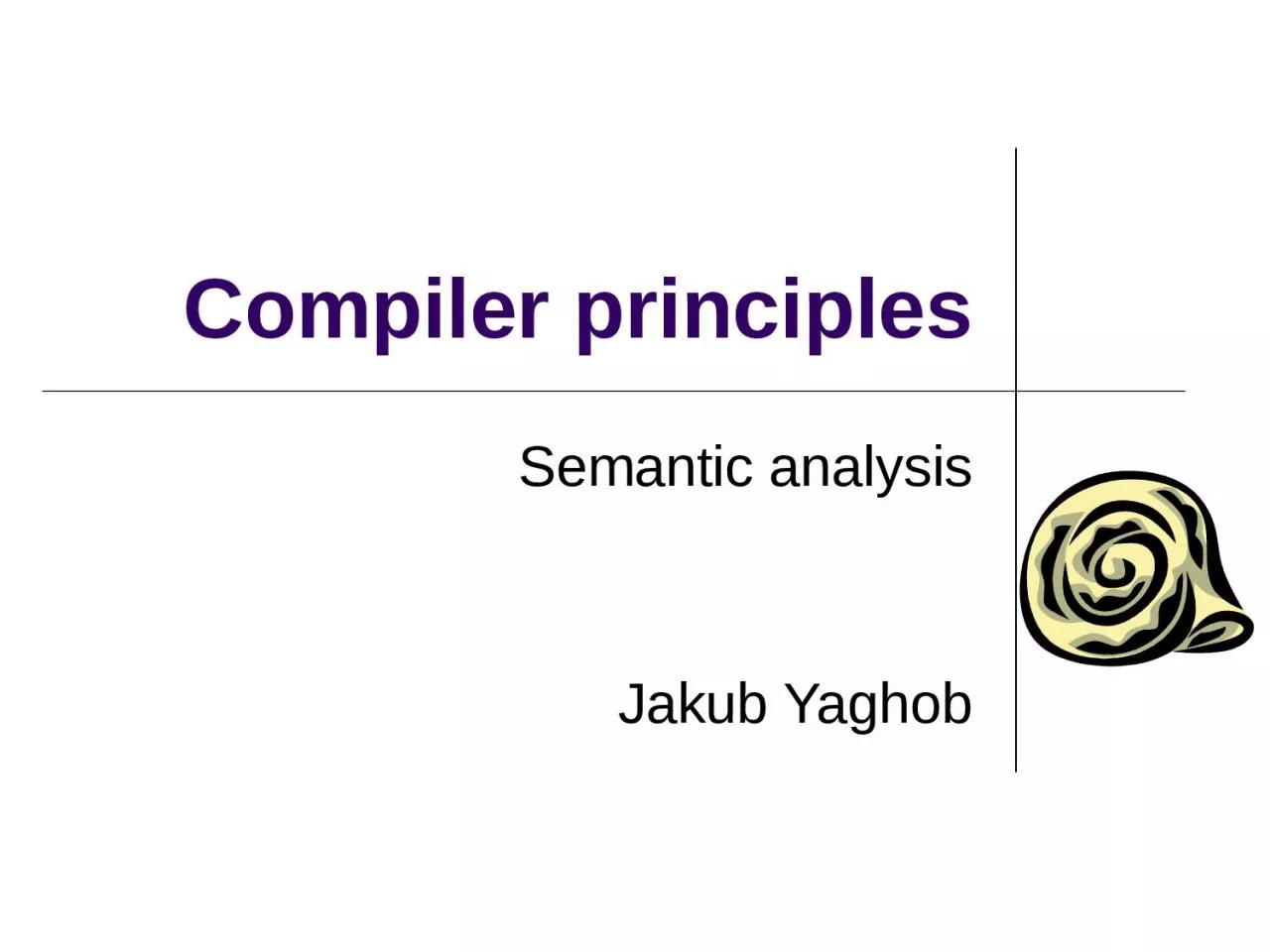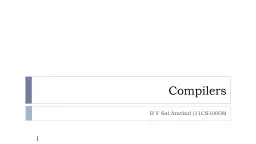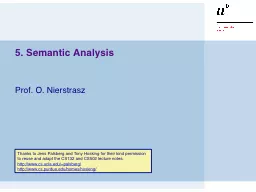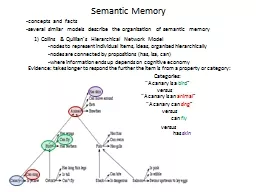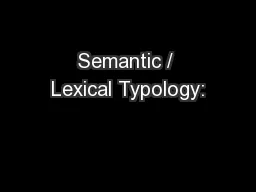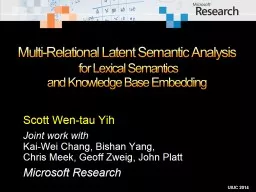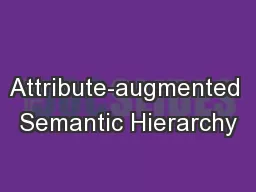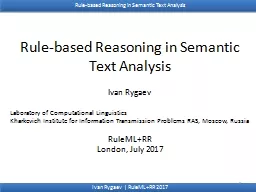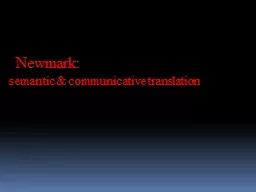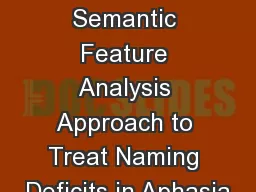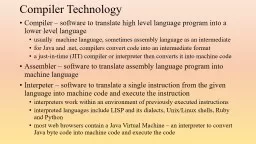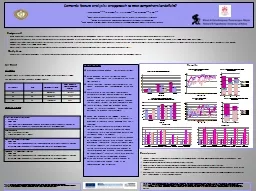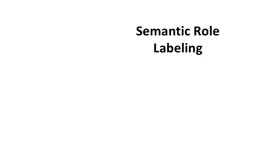PPT-Compiler principles Semantic analysis
Author : Ziggystardust | Published Date : 2022-08-02
Jakub Yaghob Syntaxdirected definitions Each grammar symbol has an associated set of attributes Like a record Two kinds of attributes Synthesized Inherited Attributes
Presentation Embed Code
Download Presentation
Download Presentation The PPT/PDF document "Compiler principles Semantic analysis" is the property of its rightful owner. Permission is granted to download and print the materials on this website for personal, non-commercial use only, and to display it on your personal computer provided you do not modify the materials and that you retain all copyright notices contained in the materials. By downloading content from our website, you accept the terms of this agreement.
Compiler principles Semantic analysis: Transcript
Download Rules Of Document
"Compiler principles Semantic analysis"The content belongs to its owner. You may download and print it for personal use, without modification, and keep all copyright notices. By downloading, you agree to these terms.
Related Documents

